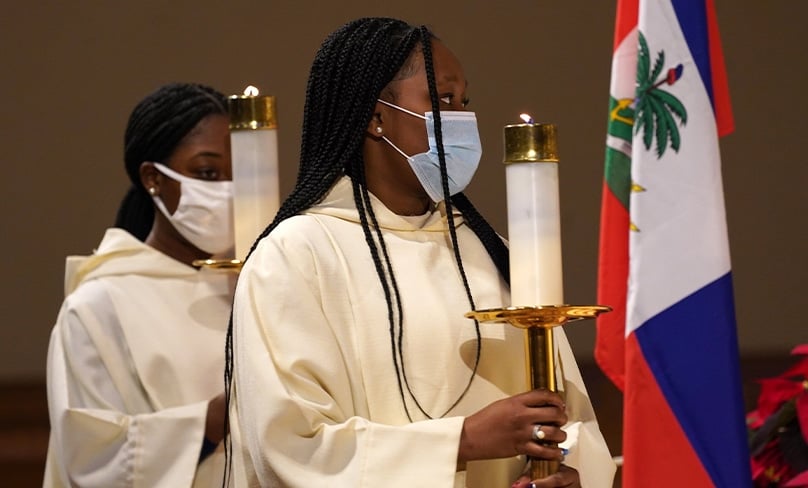
Let’s be clear on the Pope’s letter about women at Mass
I wasn’t planning to weigh in on Pope Francis’ recent Motu proprio recognising that women can read at Mass and also assist with the distribution of Holy Communion. But a couple of recent conversations have goaded me into action.
It’s a good document. And I don’t think anyone has an issue with women reading at Mass, unless they read badly, in which case it’s very annoying. It’s also a good opportunity to remember that having girls – or indeed anyone – to serve at the altar has always been optional, not mandatory.
It dates back to the altar-boy tradition of the old Mass. Actually most priests don’t need a helper at all and can celebrate Mass perfectly fine by themselves. To me, a girl in an alb walking towards an altar looks very much like a virgin sacrifice. I’ve never thought this was a good look for a Catholic church.
And there’s lots of room for local abuses. A friend told me about her visit to an isolated town in northern Western Australia, where a local lady vests up and practically celebrates Mass in the Catholic church there.
“It’s a good document. And I don’t think anyone has an issue with women reading at Mass, unless they read badly, in which case it’s very annoying.”
Another lady told me about her retreat in the Eastern States in January this year. The group was told – inaccurately – that the rules about Mass had been changed, and lay people were to read the Gospel as of today.
It’s this kind of nonsense – distorted or wilfully misunderstood – which really annoys me. Priests and lay people who do this should be ashamed of themselves.
Unfortunately, a lot of priests and lay people are going to do exactly this across Australia in the wake of the Motu proprio. In sensible places, of course, everyone recognises that this is just a retroactive permission to let women read at Mass and help distribute Holy Communion.

But the elderly oddballs among us – those who believe Pope Francis is the incarnation of the spirit of Vatican II, and who yearn for the dawning of Christ-consciousness and unfettered sexual expression – will run amok.
Nothing new here, folks. They’ve been doing this since 1968, and they’ll keep doing it until they die out and the aged-under-50 traditionalists inherit what’s left of the Church in Australia. Prophecy is a risky business, but I’m going to have a crack at it again.
I predict that in wise parishes, where the priest and people recognise the important visual sign of an all-male liturgy, they will continue this.
“They’ve been doing this since 1968, and they’ll keep doing it until they die out and the aged-under-50 traditionalists inherit what’s left of the Church in Australia.”
This is because those parishes know where priestly vocations come from – primarily from altar service.
In foolish parishes, they will have women in albs within a month or so. In fact, they already have. Just to make my prophecy a bit more interesting: I predict that in 10 years’ time, the wise parishes will have healthy numbers, and the foolish parishes will be down to a skeleton crew.
Let’s wait and see, shall we? In the meantime it would be great to see some actual church leadership clearly articulating what this means locally.
Related Articles:
